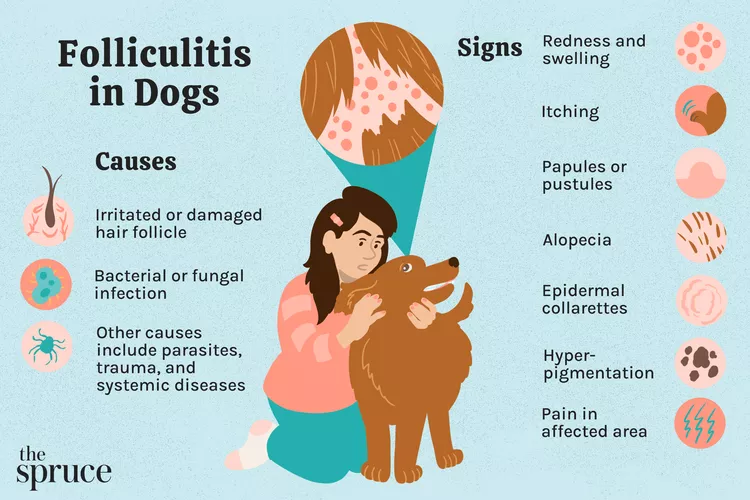
Folliculitis is a skin condition that commonly affects dogs. Irritation of a hair follicle causes inflammation in the area, leading to swelling, redness, itchiness, pain, and other skin lesions. Although there are no dog breeds genetically predisposed to folliculitis, dogs prone to allergies are at a greater risk of developing this condition. It has a variety of causes, all of which require veterinary treatment.
Folliculitis is a term used to describe the inflammation of a hair follicle that typically involves a bacterial infection. Hair follicles are tiny openings in the skin through which hair grows. In folliculitis, one or more follicles become irritated or infected, causing inflammation in the area.
Dogs with folliculitis may have one or more skin lesions on the body. It may start as a small raised area on the skin that looks like acne (called a papule). The area may become more raised and fill with pus (called a pustule).
Folliculitis may cause itching, pain, redness, and hair loss (alopecia) that has a patchy appearance on one or more areas of the dog's body. Some dogs develop crusty or flaky round skin lesions called epidermal collarettes. Hyperpigmentation (dark spots on the skin) may also occur in affected areas of the skin.
Folliculitis in dogs is caused by irritation of one or more hair follicles by one of the following conditions:
Contact your veterinarian if you think your dog has folliculitis or any skin irritation of unknown cause. After assessing information about your dog's signs and history, your vet will do a physical examination and may be able to diagnose folliculitis by visual inspection. However, further testing is often necessary to determine the exact cause. Potential testing includes the following:
The treatment of folliculitis in dogs is determined by the cause. Therapy typically involves a combination of systemic medications and topical applications like sprays, creams, ointments, and shampoos.
Topical treatments are used in most cases to ease discomfort and reduce inflammation. Your vet may recommend regular baths with a medicated shampoo. Sprays, creams, or ointments containing steroids, antibiotics, or antifungal agents are often necessary as well.
Bacterial folliculitis is usually treated with oral antibiotics. A long course of treatment may be necessary to eradicate the bacteria. Fungal folliculitis requires antifungal medications. Certain types of fungal infections require long-term treatment as well.
Parasitic infections require medication to kill the parasites as well as supportive care to promote healing. Antibiotics may still be prescribed to treat a secondary infection.
If the folliculitis is caused by a systemic disease, then that disease must be treated in addition to the skin inflammation. Depending on the disease, long-term or lifelong treatments may be necessary.
The prognosis varies based on the cause of the condition. Folliculits due to localized infection or irritation usually responds well to topical treatment and oral medications, and dogs recover within a couple of weeks. If the folliculitis is caused by an underlying systemic health issue, the dog's prognosis depends on the severity of that condition and how well the dog responds to targeted treatments.
Folliculitis in dogs cannot always be prevented. Early detection and treatment are the best ways to keep folliculitis from getting worse. Dog owners can take steps to prevent folliculitis by keeping systemic health issues like hypothyroidism under control with appropriate long-term medication. Be sure that you contact your veterinarian at the first sign of skin issues.

What to Do if Your Cat Is Snoring
Cat snoring can happen for several reasons. Find out if your cat's snoring is normal or caused by a medical issue. Know when to call the vet about your cat snoring.
Turkish Angora: Cat Breed Profile, Characteristics & Care
The elegant and silky Turkish Angora cat is a playful, affectionate, and sometimes mischievous pet. Learn about the Turkish Angora breed.
Toyger: Cat Breed Profile, Characteristics & Care
The toyger (toy tiger) cat is a beautiful, rare breed with an easygoing demeanor. These cats are hard to come by but make excellent pets.
Donskoy: Cat Breed Profile, Characteristics & Care
Donsky cat, or Don Sphynx, is a hairless cat that's known for being affectionate, social, and remarkably intelligent. Learn more about the Donsky cat breed.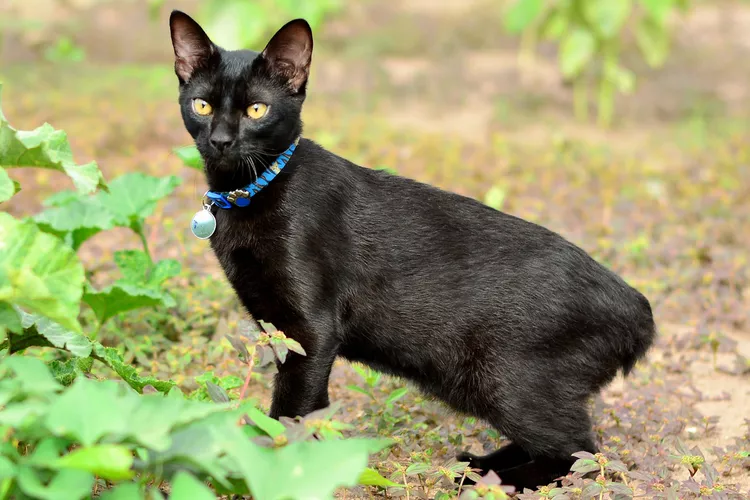
Japanese Bobtail: Cat Breed Profile, Characteristics & Care
The Japanese bobtail is recognized for its bunny-like tail and is loved for its friendly, playful personality. Learn about the Japanese bobtail breed.
How to Stop Cat Aggression After a Vet Visit
Cats are usually out of sorts and ornery after a trip to the veterinarian. Learn how to stop cat aggression by planning ahead with these tips.
Why Do Cats Like High Places?
Does your cat like to hang out on top of tall furniture? Here's why cats like high places.
Rectal Prolapse in Dogs
Rectal prolapse in a dog can be an alarming thing to see. Find out why this happens, how to prevent it, and how to heal dog prolapse at home.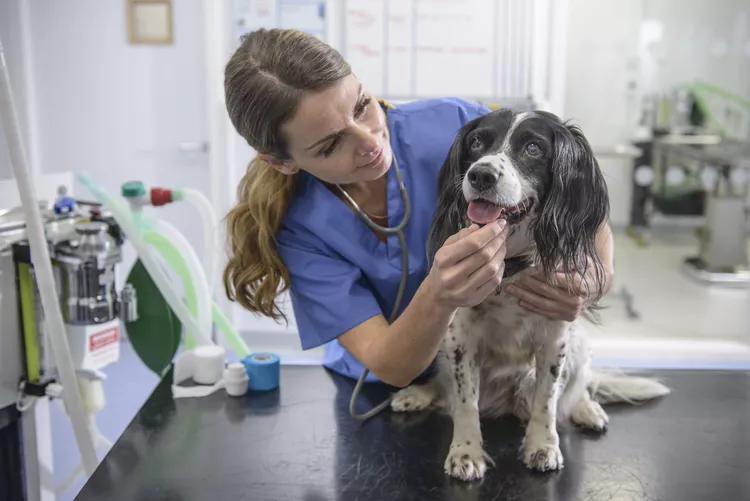
Is Acetaminophen Safe for Dogs?
Acetaminophen is used by humans for pain and fever relief, but is it safe for dogs? Here's what you need to know before giving your dog acetaminophen.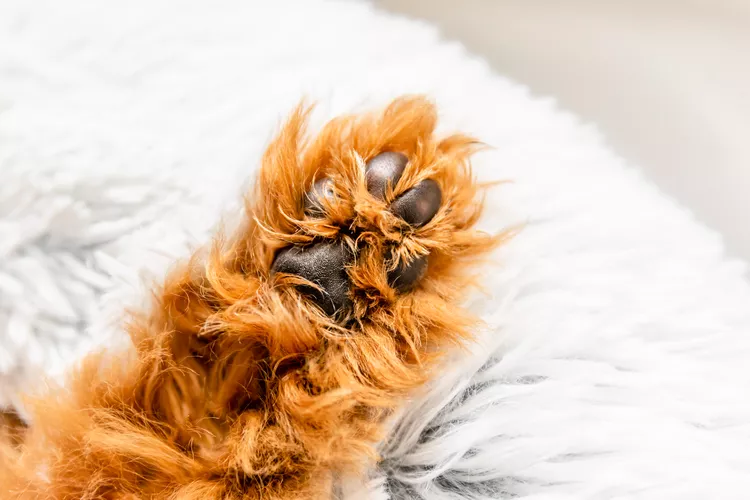
Dog Broken Toe: Signs and Treatment
Dogs can break their toes for several reasons. Find out how to tell if your dog has a broken toe. Learn what you need to do and what restrictions your dog may have to let a broken toe heal.
Tetanus in Dogs
Tetanus is an infection caused by bacteria found in soil. It can cause severe symptoms in dogs and even lead to death if not treated promptly.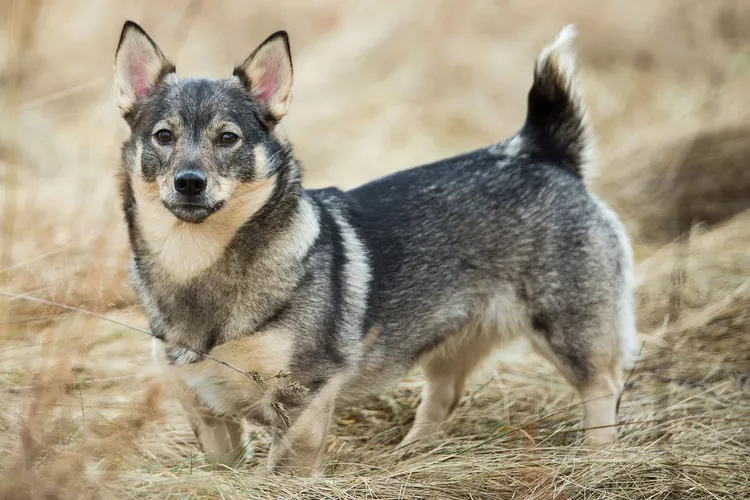
Swedish Vallhund: Dog Breed Characteristics & Care
The Swedish vallhund makes for a high-energy and affectionate companion. Learn about the breed's history, health, exercise needs, and more.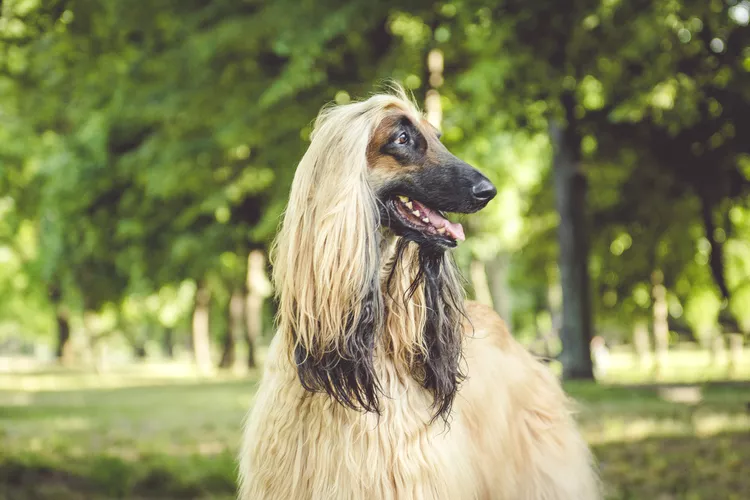
Afghan Hound: Dog Breed Characteristics & Care
The Afghan hound is a majestic dog breed, known for its luxurious long coat and sweet personality. Learn about cost, care, and training needs.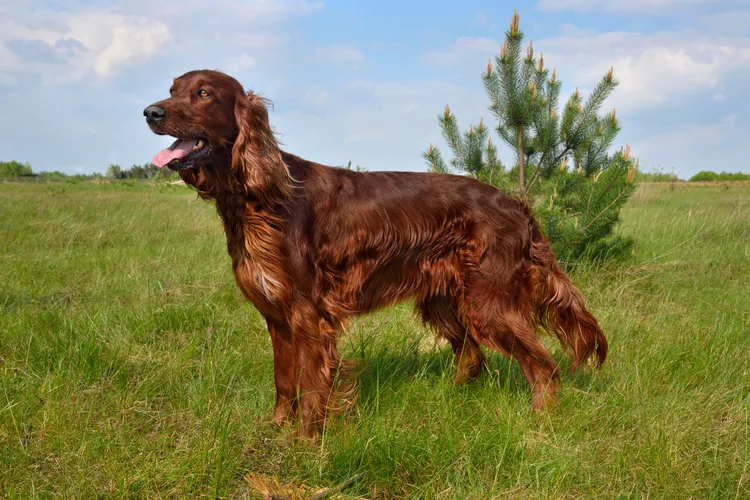
Irish Setter (Red Setter): Dog Breed Characteristics & Care
The Irish setter, also known as the red setter, stands out from the crowd with their striking red coat and athletic nature. Learn about this gentle and affectionate dog breed.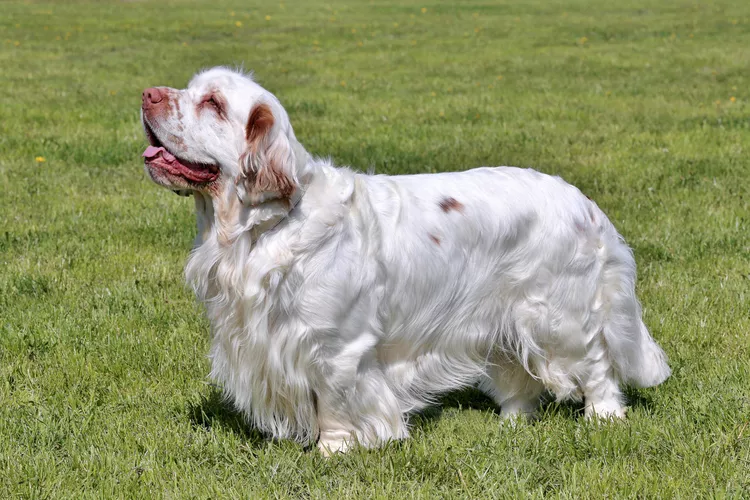
Clumber Spaniel: Dog Breed Characteristics & Care
The Clumber spaniel is a friendly, calm dog and a great family pet who gets along with kids. Just beware of this rare breed's shedding and drool.
Reasons Why Dogs Grind Their Teeth
Some dogs grind their teeth. Learn why dogs grind their teeth and if it can be harmful. Find out what to do about teeth grinding in dogs.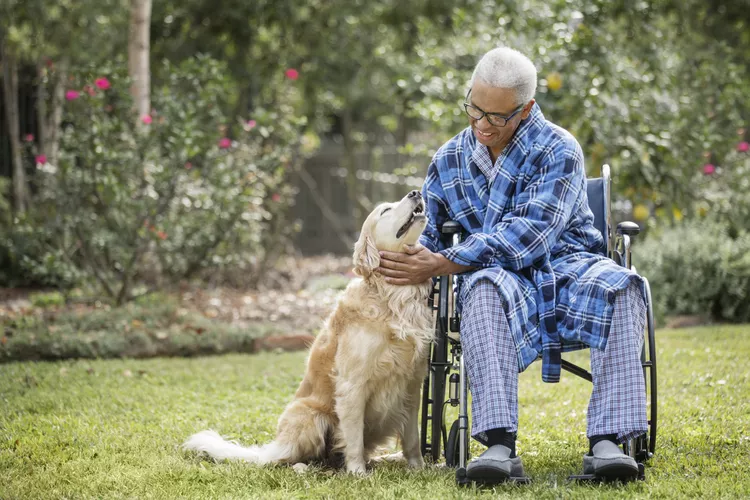
Therapy Dog Certification: A Complete Guide in 6 Steps
Could your dog be trained to serve as a therapy dog? Here's how you and your dog can become an official animal-assisted therapy team.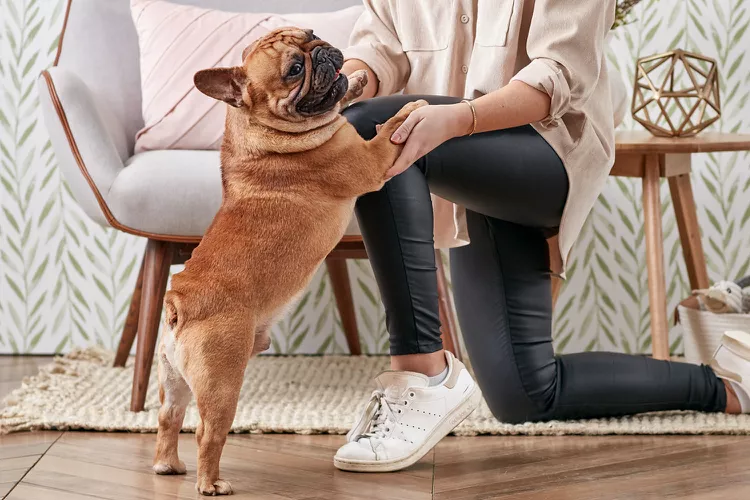
Here’s How to Stop Your Dog from Jumping on You When Excited
Although it can be cute the first few times your dog jumps on you, it can quickly turn into a bad habit, especially if your pooch starts jumping on strangers. Here’s how to stop your dog from jumping on you when excited.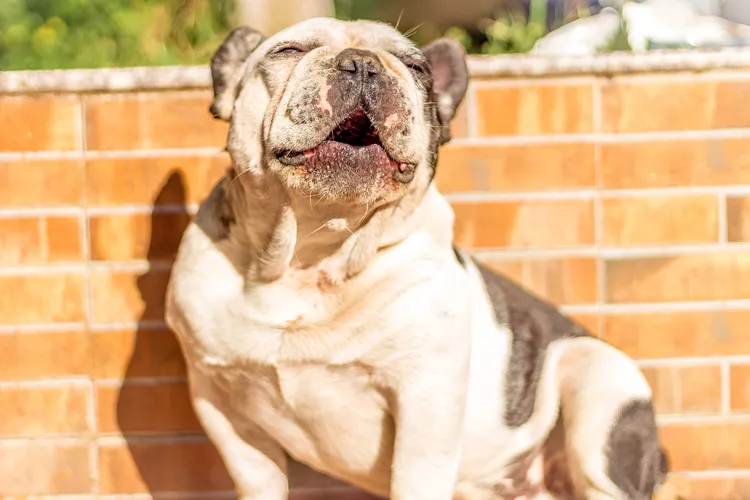
Why Do Dogs Howl at Sirens?
Howling at sirens is something that dogs are well known for, but why do some dogs do it while others seem unbothered?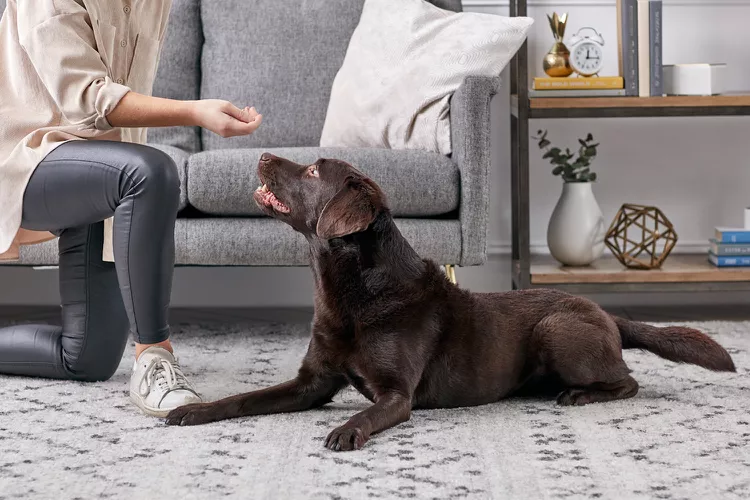
How to Train a Labrador Retriever
Proper training is an essential part of owning a Labrador retriever. These smart dogs can be trained to be service dogs, hunters, and excellent companions.